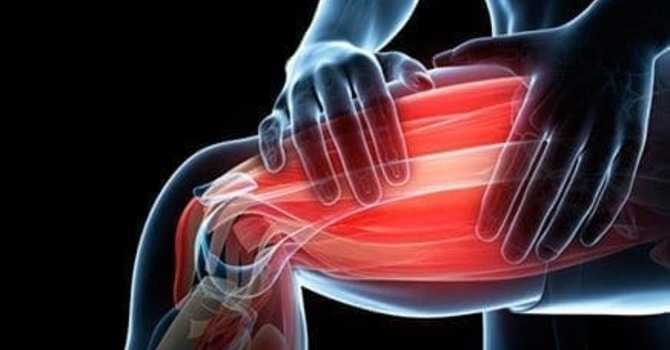
LGPA Tour is coming up tomorrow, the weather is supposed to be beautiful and you are wondering how you can improve your golf game to mimic the pros.. well look no further than Scottie Scheffler. All it takes is to get arrested and you will shoot a 66 later that day, and go on to win at the Memorial Tournament, Travelers, Olympic Gold, and the Tour Championship. If only it were that simple. Us mere mortal golfers require a little more work to play better golf.
This blog is a simple introduction to a concept that we will dive into at various times while we still have some nicer weather. We will go into ways how we can help with your mobility as well as exercises that will mimic and help the golf swing.
Now I am not a golf pro, not going to tell you to ‘initiate your swing with this’ or ‘focus on that’ to shave strokes off your game but what I will do is break down the golf swing and show various things to improve the overall function of your swing from a joint by joint approach. For it is a little challenging to play better golf if you are 1) dealing with any sort of pain or 2) lacking motion which causes you to ‘feel stuck’ in your swing. Having pain and/or limited range of motion in various parts of your body when you are golfing alters swing mechanics, distracts you during your swing and sometimes discourages you from playing golf altogether. Golf is challenging enough, so my goal with these golf series is to simplify some things from a functional perspective and give you ways to improve the health of your joints so you can continue to play this beautiful game.
More often than not, we see golfers come in with low back pain after a weekend of golf or golfers that hurt themselves during the week and want to play golf but they are afraid that they are going to make their back pain worse.
We would be doing you a disservice if we only focused on your low back or your painful area as the body is beautifully designed to have alternating mobile and stable joints as you can see here with the Joint By Joint approach created by Gray Cook and Mike Boyle. More often than not, we find that our patients don’t move in their hip or mid back well which forces them to use their low back in a way that it wasn’t specifically designed for.. thus resulting in pain.
The hip, shoulder, and thoracic spine (mid back), with how they are oriented, are meant to be mobile joints and in the golf swing, play a key role in the rotational component of the swing. When we lack mobility in one or more of these areas, we have to make up for the lack of mobility, often compromising a joint or joints that are meant to be stable and making them more mobile. Oftentimes, the lumbar spine/low back gets the short end of the stick and is blamed as the problem when in all actuality.. it could be the result of a problem elsewhere. Vice versa can also be true. If you don’t stabilize an area well.. You have to stabilize an area that’s supposed to be mobile thus limiting movement.
What does this all mean? And what can you do about it?
Simply put.. work on mobility in areas that need to be mobile and work on stabilizing areas that are meant to be stable. We are here to help along the way.
Ready to unlock your golf swing?
Be on the lookout for future blogs, videos, exercises in the future while the weather is still nice enough to play, and incorporate some of these exercises/drills into your daily routine, before a round of golf and see how that golf swing feels.

Jake Curran
Contact Me



